Design collaboration
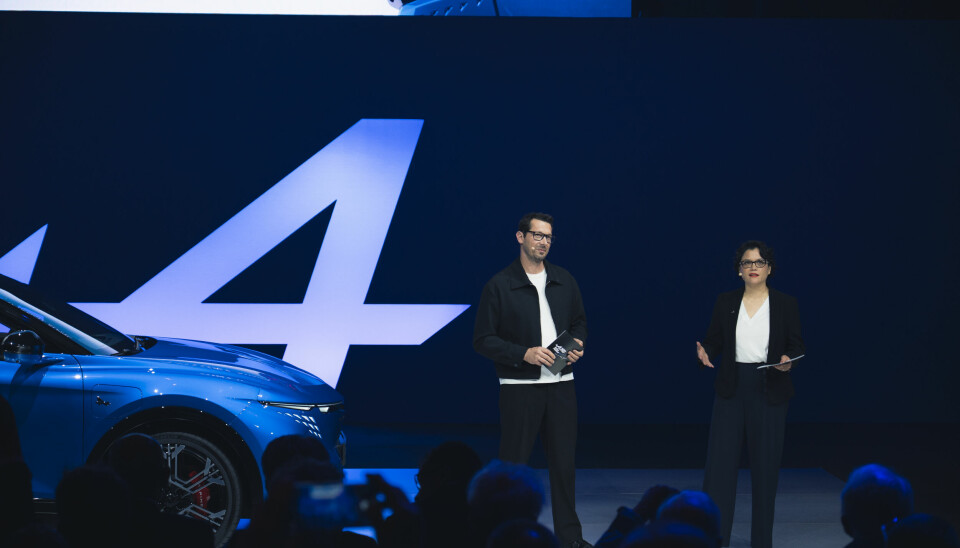
Alpine's Antony Villain and Sovany Ang speak to Car Design News
At a special event in Dieppe, birthplace of the Alpine brand, Car Design News caught up with design head Antony Villain and VP product planning Sovany Ang to talk about collaboration. It is fair to say, they were a great double act
In a recent conversation with Car Design News, Alpine’s head of design Antony Villain and VP of product planning Sovany Ang explored the relationship between design, engineering and customer experience at the heart of Alpine’s product strategy. With a strong emphasis on collaboration from the earliest stages of development, the pair discussed how dreaming big must be balanced by real-world practicality — like remembering cup holders — and how Alpine continues to innovate while staying true to its performance-driven roots. As the brand expands its range and enters the EV era, the duo shed light on balancing heritage with future-facing design.
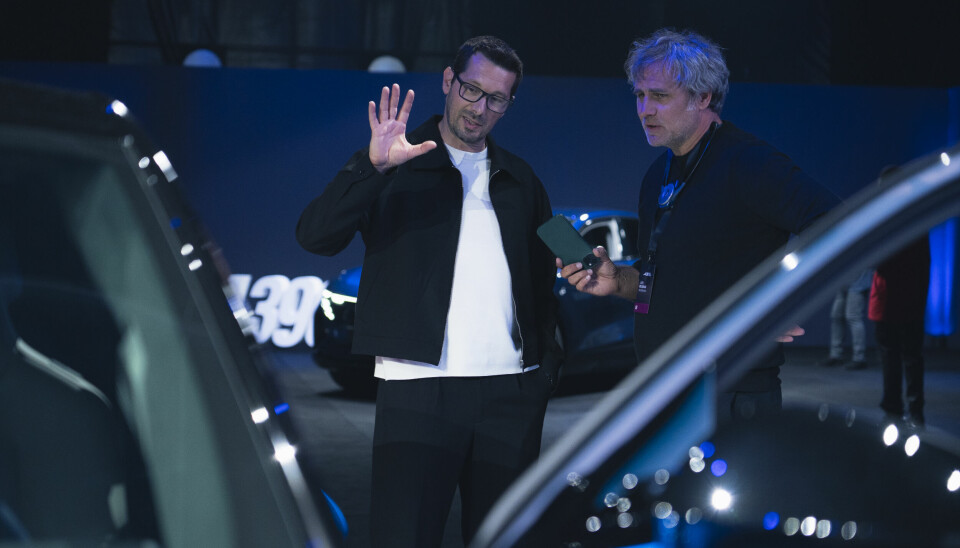
CDN: How does the relationship between product and design work?
Antony Villain: We are working very closely on a daily basis. Why? Because for new products, customers are really defined by Sovany and her team. And after we brainstorm to see what we could do, what could be the unique selling points. What could be relevant content for the cars. We start very early on, most of the time before engineering gets involved.
Sovany Ang: Because we dream for the customer. Designers dream of beautiful, usually very impractical cars.
CDN: Naturally.
SA: And engineering also has its role to make it happen. So it's really in the convergence of all that that you find the real creativity. Creativity without constraints gives you sometimes concept cars or show cars. But in reality, I always have to remind the design team, “Antony, I need a cup holder.”
AV: I put it in the trunk [laughs].
SA: The A390 customer is not like the A110 customer who can live without a glove box. That said, the first attraction to a car is its looks. So Antony's role is absolutely crucial, but after that customer satisfaction will be about driving the car.
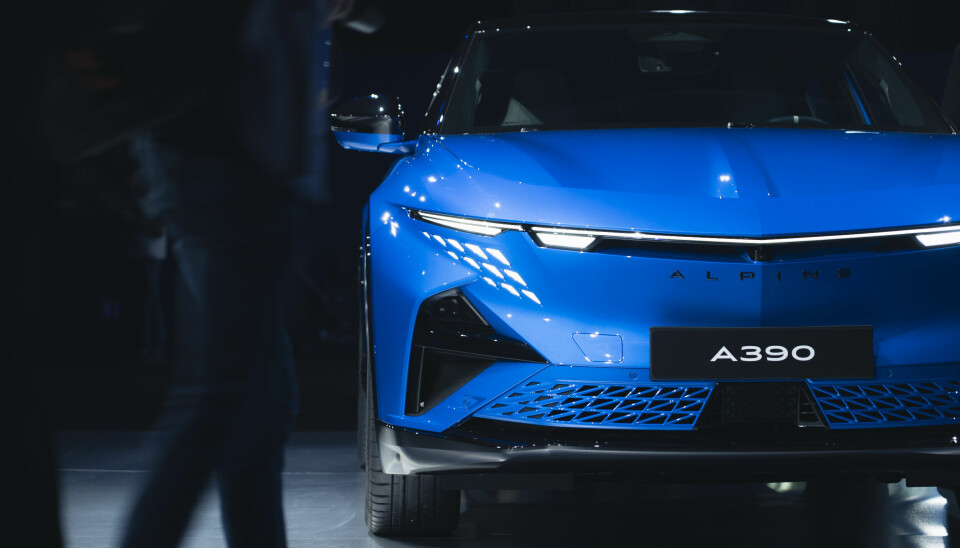
CDN: Sovany, you're going from a halo car that revived the brand to having lots of different offerings, which is no easy task as you are competing with many other brands with similar portfolios. How far is the strategy mapped out?
SA: We attack it from different angles to make the decisions. One of them is the technology roadmaps, because you need to bring the right car at the right time with the technologies that enable you to do it.
Another angle is to understand the mapping of the customers that are attracted to our brands and what kind of needs they have. And usually you end up with what we call a segmentation, with groups of customers that have similar values, needs, and that will want that kind of car.
The third angle is the market. We study the competition, we project the competition, taking into account the regulations, taxes and other market factors.
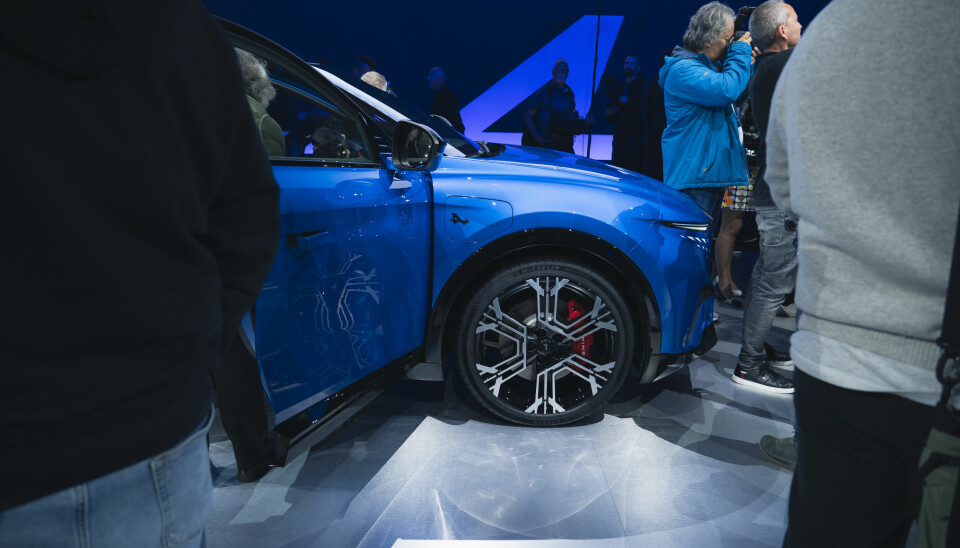
AV: But I think our role is to project expectations of what will come in three to 10 years. Because when we are creating a lineup, we have to anticipate that because, of course, the data of customers, data of the market is state of the art.
SA: You have a picture of the past, we have to add in the trends to project it into the future. Because when we do a car, we start four years in advance.
CDN: How do you deal with data in terms of interpreting it?
SA: Through statistical and qualitative analysis you end up deciding where you put the emphasis and defining what you want. And there's also an — I want to say 'emotional' factor — but it's not the right word.
AV: There is a bit of gut feeling.
SA: This is something that the designers are always very sensitive to. The trends, I don't know intuitively. They also kind of project themselves in the near future that the customers don't necessarily see immediately. And we have what we stand for as a brand to take into account.
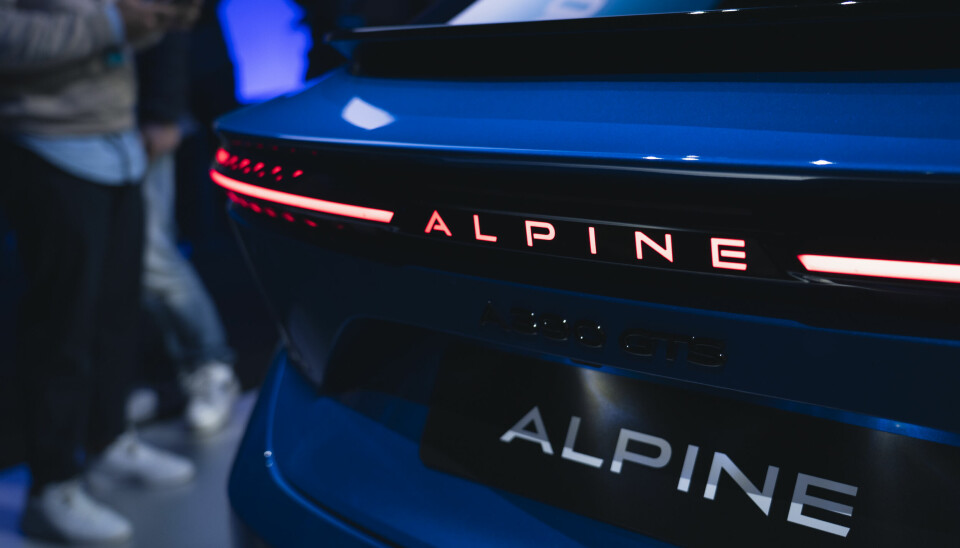
CDN: Who is an Alpine customer?
SA: They care about performance, but we do have different types. At the launch of the A110, we had a type of customer that was very specific – the nostalgic one.
And that was important but that is not enough. We also have customers that are typically very attached to the value of work, showing that they succeeded and the car is a reward for them because they've worked hard. And what they want in our cars is the experience of driving.
So we do have customers that are really pure racers. And we also have customers who have a strong preference for the design. The performance is the second factor of choice.
AV: We also have much more progressive customers now.
SA: They value the experience more than the badge, so they really want to have either fun or very intense driving experience, or the pleasure of how the car looks. It is a way to experience things that match their personalities.
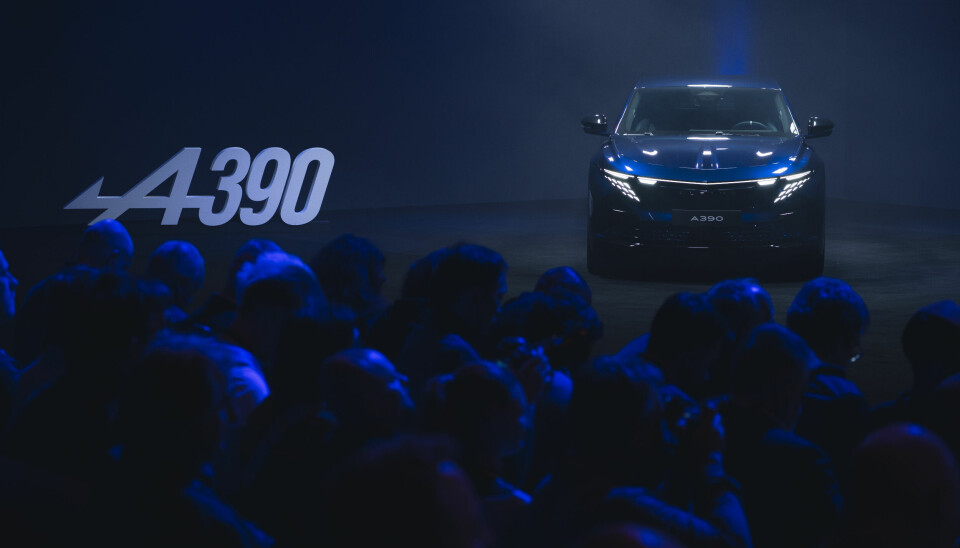
AV: A lot of sports car brands left the territory we own today. We had a lot of customers with [Porsche] 911s, but they want an A110 because they will find what I've lost in the last 911s, which are too big, too powerful and with too much assistance. They want to come back to something a bit more raw.
SA: We are one of the last brands to really take that freedom and give the freedom to the driver. We are not surrounding them with a lot of autonomous driving. It's not what we stand for.
CDN: So I just don't see how you're going to carry it over in the EV era.
AV: I don't know, maybe it will be a surprise.
SA: Again, it's all about the experience. So the pleasure you get from cars that respond immediately with the savoir-faire of our engineers, the tuning savoir-faire for true sportiness. It's not something that you have in the market yet. So you have cars accelerating very fast. But you don't have EV cars of the size of the A390 that can go into curves like ours.




